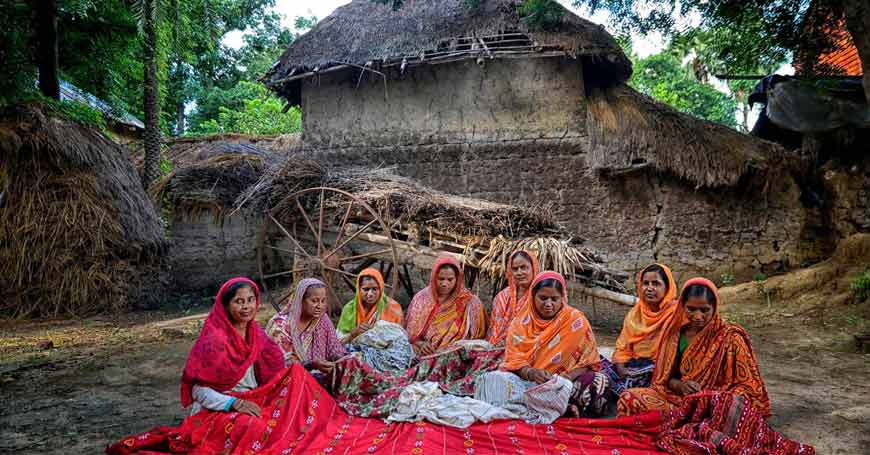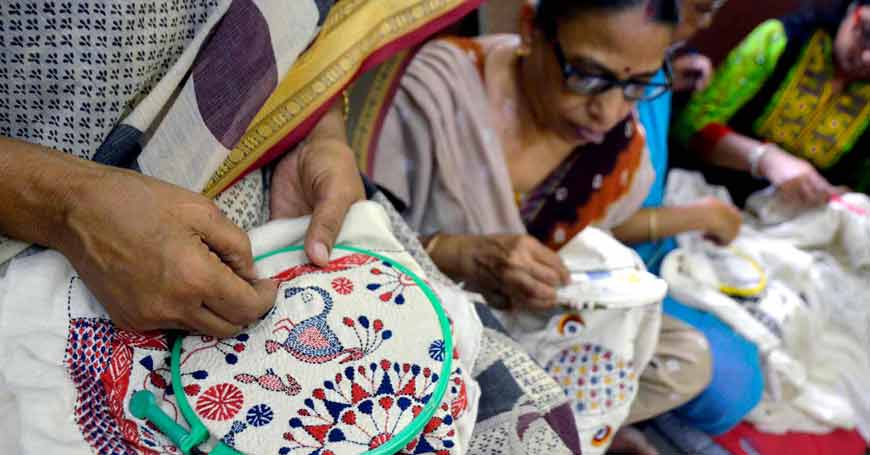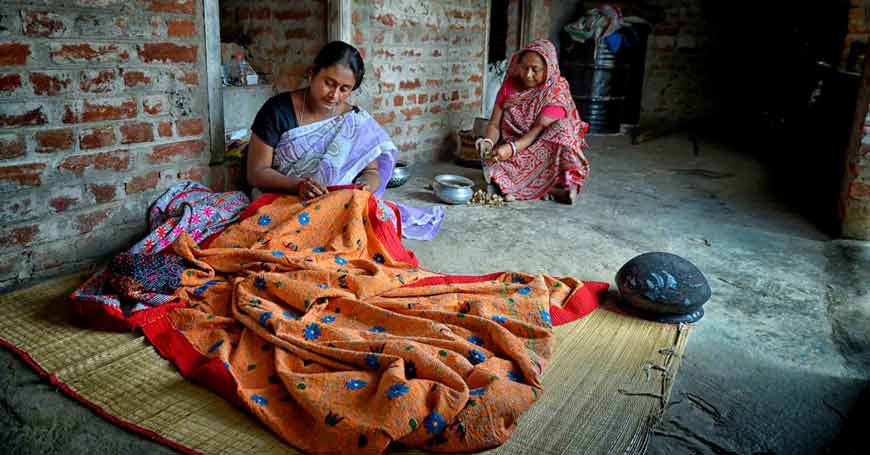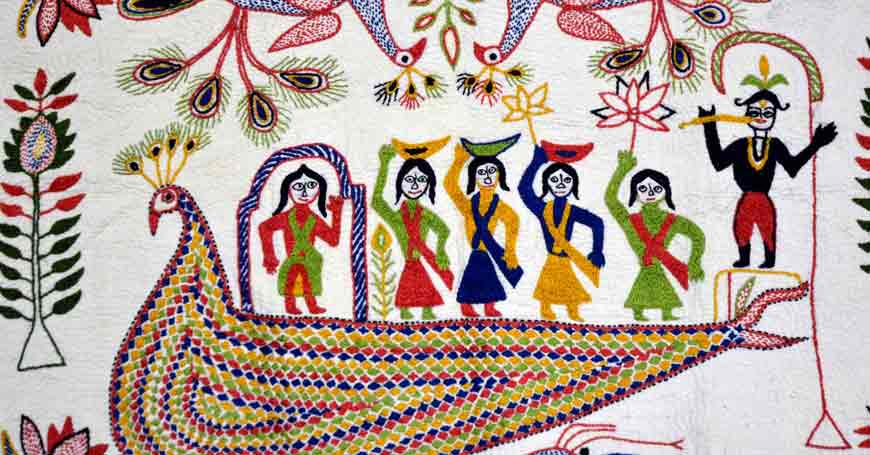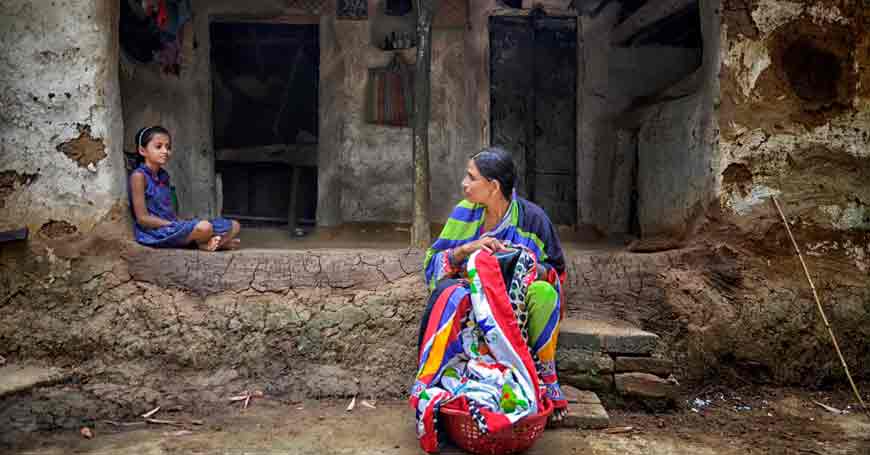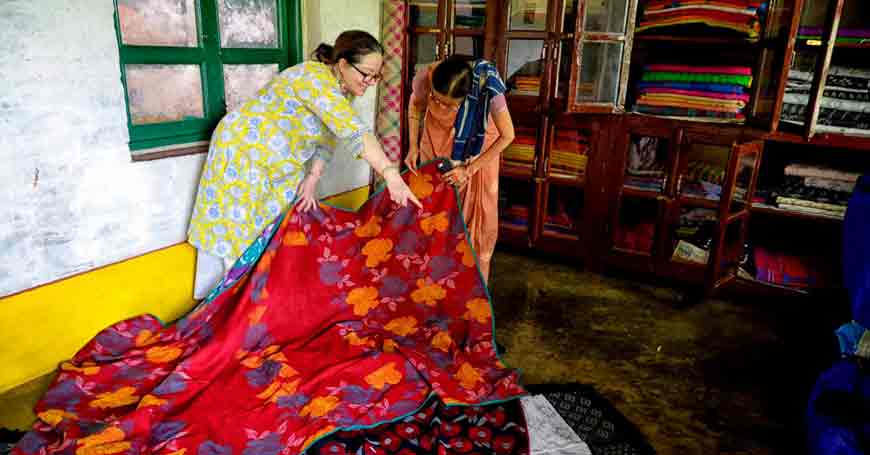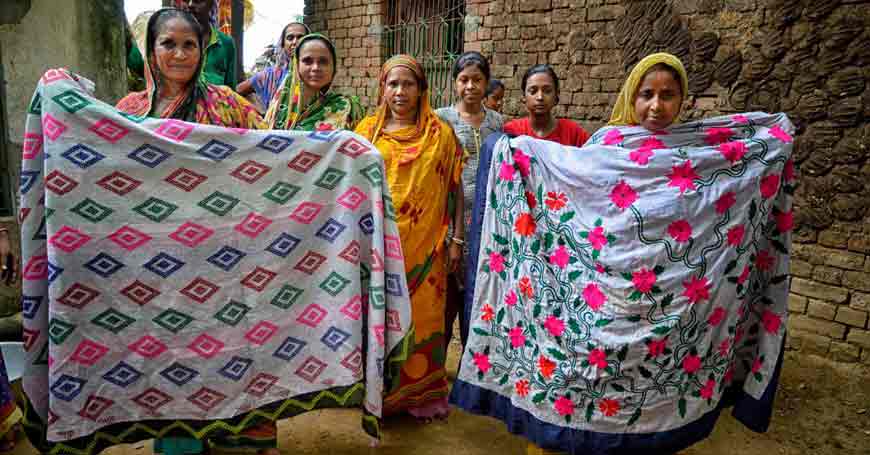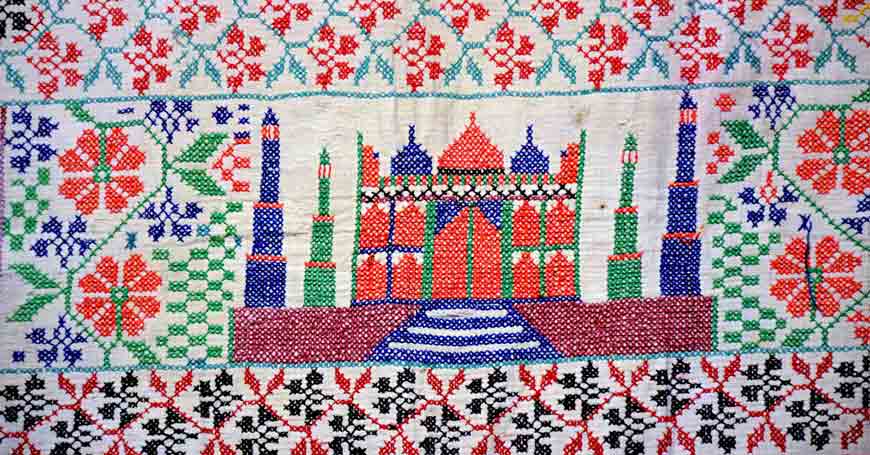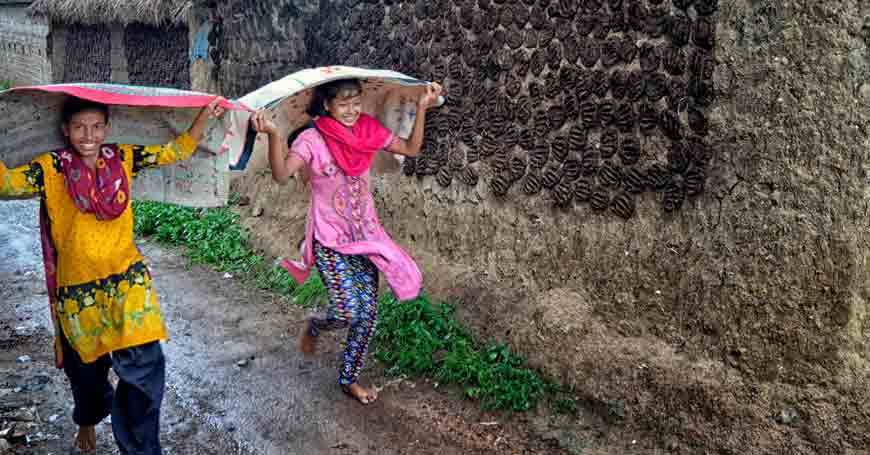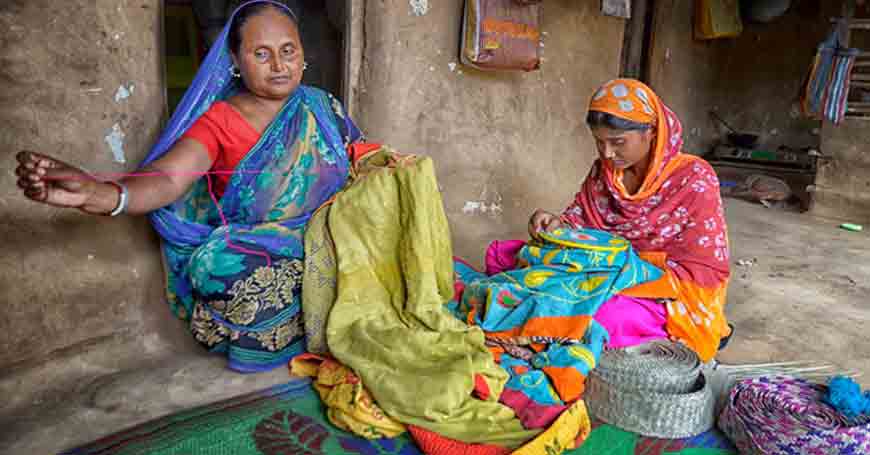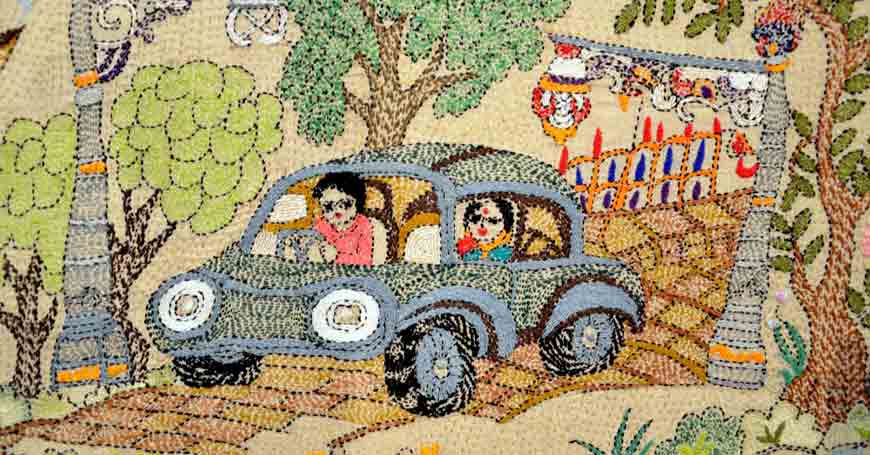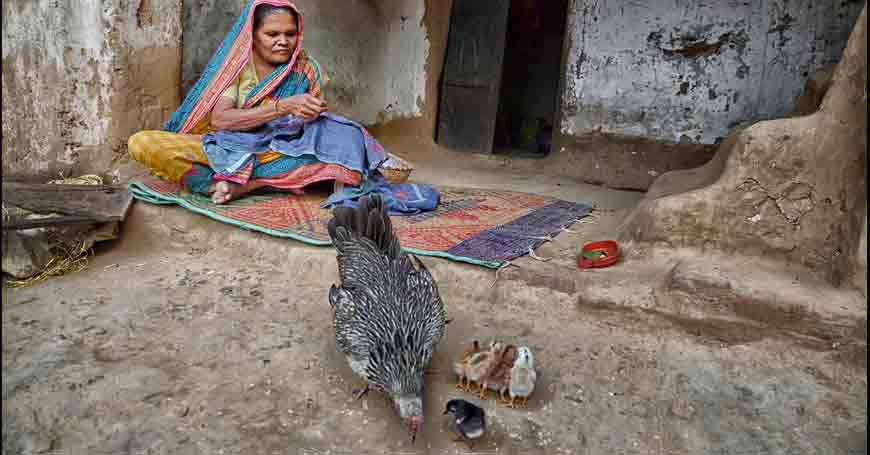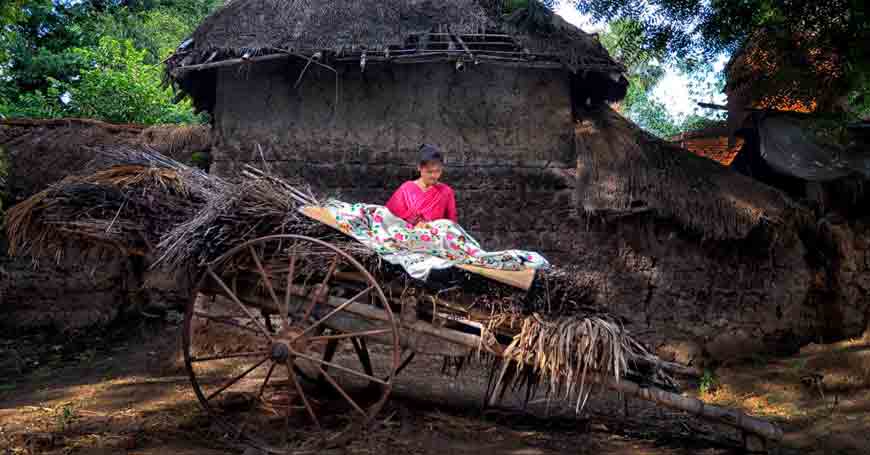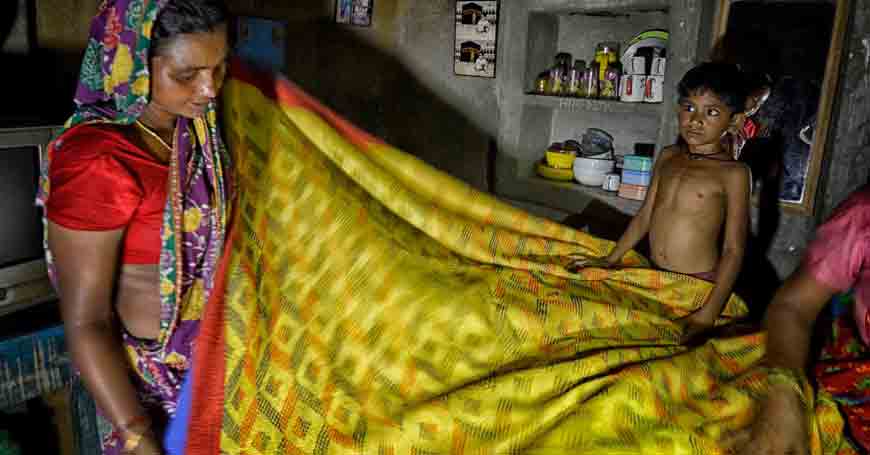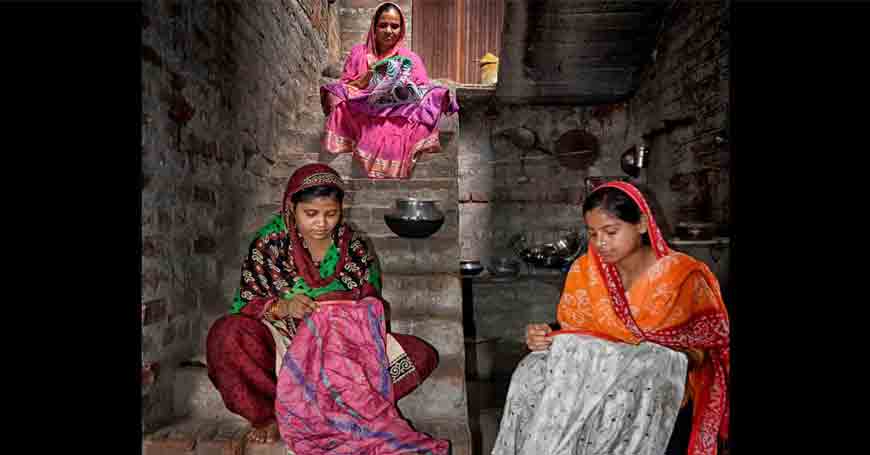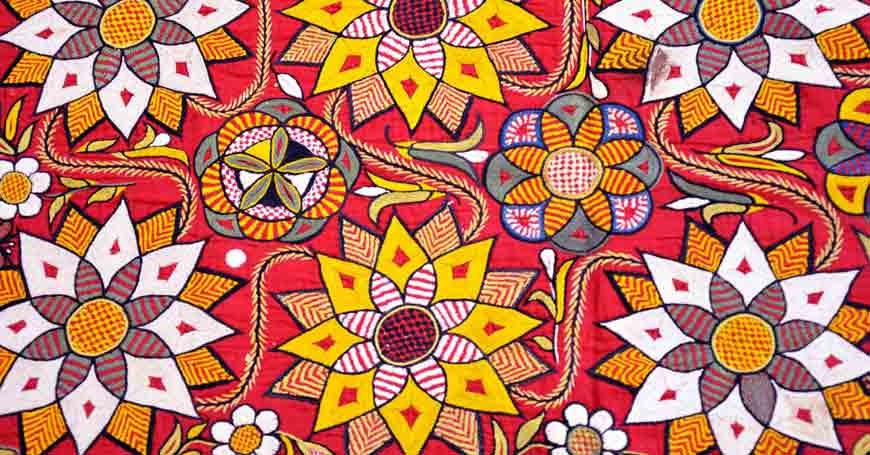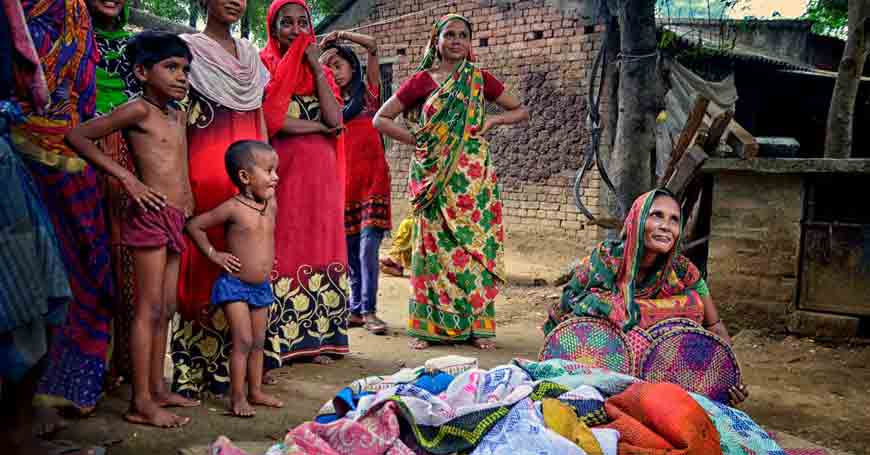Kaantha: A vintage folk art of Bengal
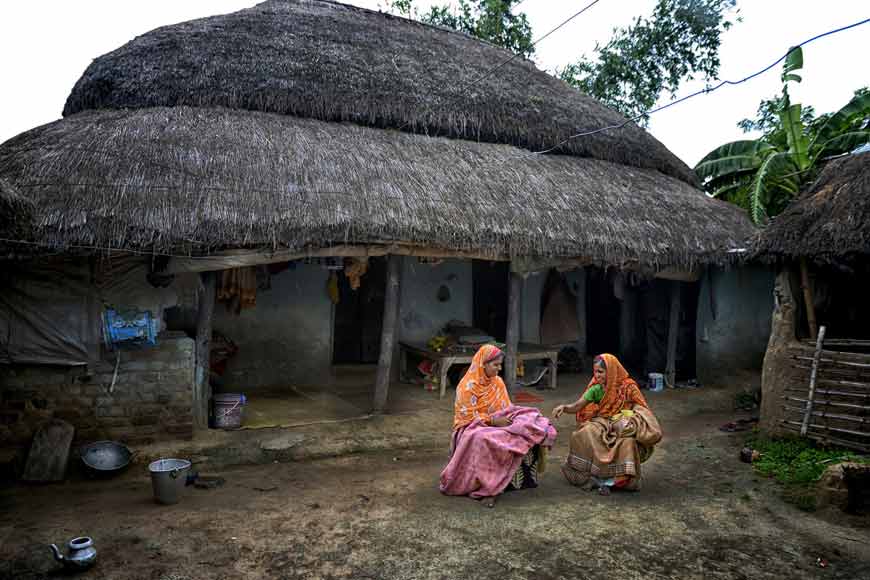
An ancient form of embroidery craft, ‘Kaantha’ or ‘patched cloth’ is traditionally made out of discarded garments and other worn out textiles. Although its origin can be traced back to the pre-vedic era of India (prior to 1500 BCE), however, it was Krishnadas Kaviraj’s 500-year-old book, ‘Chaitanya Charitamrita’, in which we find its first recorded mention. Designs and Motifs found in early Kantha embroidery include many symbols that were reflective of nature, such as the sun, the tree of life, the universe, mythological stories and wild life. In present time, owing to its cultural and religious symbolism, it is used in ceremonies, pujas, weddings and births. Housewives of rural Bengal have long played a significant role in the evolution of Kantha embroidery craft. It was customary for these women to widely use the techniques of Kaantha’s stitch and embroidery in order to create household quilts or traditional personal fabrics, garments, dhotis and sarees. For centuries, these beautiful techniques have been traditionally passed down from mothers to daughters. Over a period of time it has evolved much and was able to make its way right into the heart of Indian ethnic high fashion designs. In an attempt to help revive and give fillip to this beautiful craft, Debiprasad Mukherjee has been travelling across the length and breadth of Bengal and documenting Kaantha makers and their tradition and history. An independent visual journalist and documentary photographer based out of Kolkata, Mukherjee believes that as a documentary photographer, it is his responsibility to showcase the social changes and its impact on rural society and leverage his creative photography as a powerful tool to capture the social and behavioural transformations happening across the globe.
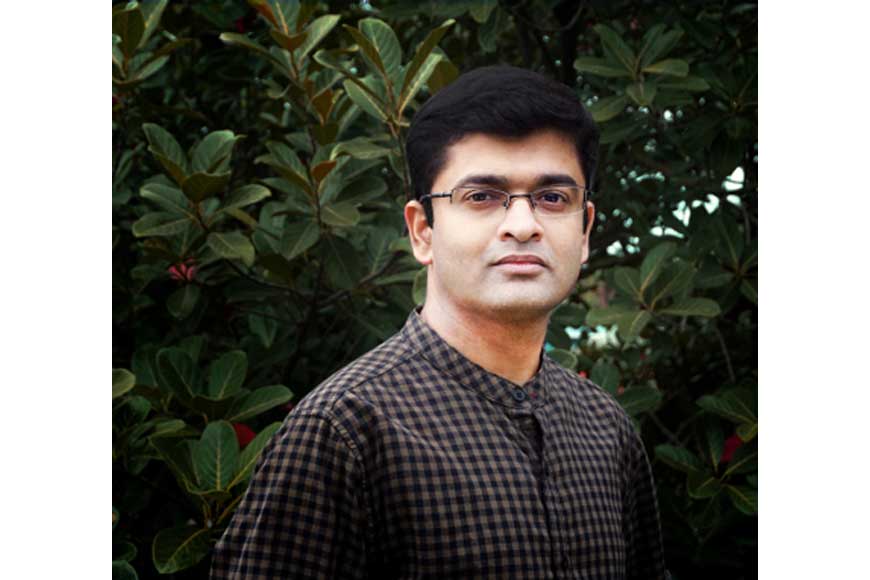 Photographer - Debiprasad Mukherjee
Photographer - Debiprasad Mukherjee
